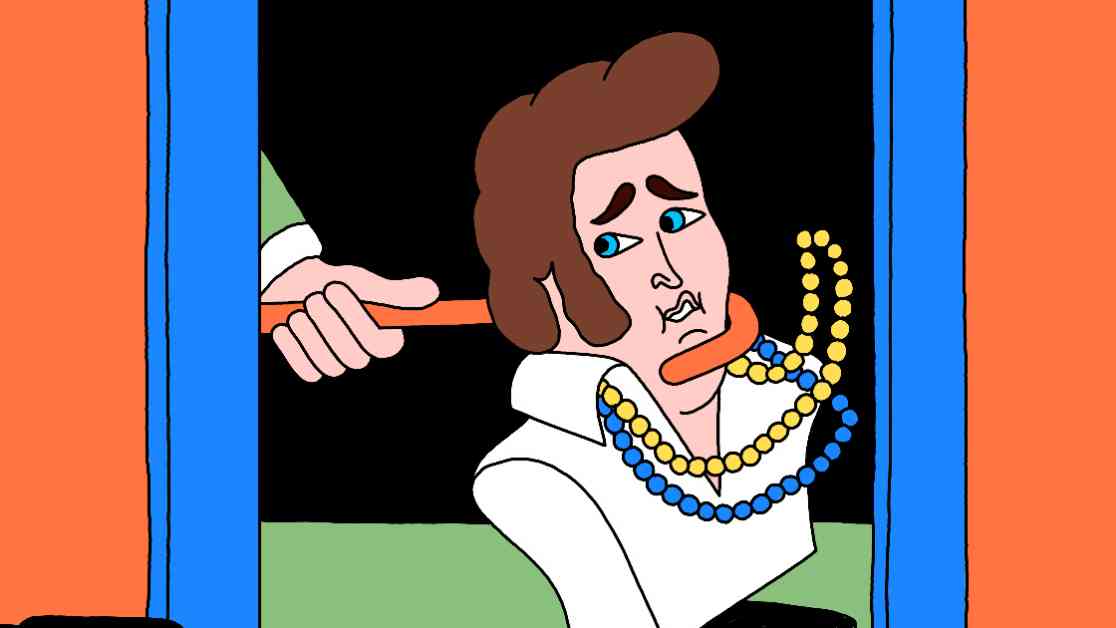When the iconic Great Jones Street Elvis bust was stolen a few years ago, it left the East Village community in shock and disarray. This chalk-plaster bust had been a beloved fixture at 54 Great Jones for nearly four decades, transitioning from the Great Jones Café to the newer Jolene restaurant. The brazen theft, carried out by a pair of unlikely senior citizens, sparked a chain of events that would captivate the neighborhood and the wider community.
The theft, witnessed by Vishwas Wesley, Jolene’s general manager, on a busy night, involved a woman and a man with a distinctive fedora and feather. The woman, wearing a Covid mask, made off with Elvis while Wesley attempted to give chase. Despite his efforts, she managed to escape, leaving Wesley perplexed by the audacity of the crime. The man and a younger accomplice outside the restaurant seemed unperturbed, adding a bizarre twist to the unfolding drama.
Restaurant owner Gabriel Stulman’s rallying cry to the community to locate the stolen bust set the stage for a high-stakes showdown. He took to Instagram, sharing the culprits’ identities and issuing a stern ultimatum. The theft of Elvis, a symbol deeply ingrained in East Village lore, struck a chord with the community, transforming a simple theft into a full-blown kidnapping drama.
The Great Jones Café, where Elvis had resided for years, held a special place in the hearts of countless artists, punks, and oddballs who frequented the establishment. The café’s colorful history, filled with eccentric characters and wild antics, painted a vivid picture of a bygone era in New York City. From celebrity sightings to quirky regulars, the café was a melting pot of creativity and chaos.
The café’s ties to iconic figures like Jean-Michel Basquiat added another layer of intrigue to the saga of the stolen Elvis. Basquiat’s connection to the café, where he once lived and frequented, highlighted the establishment’s cultural significance and its impact on the local art scene. Basquiat’s legacy intertwined with the café’s history, creating a tapestry of art, music, and community that defined the East Village in the ’80s.
As the search for Elvis unfolded, the community’s response showcased a mix of nostalgia, humor, and resilience. The heist of the beloved bust became a symbol of the changing neighborhood, with old traditions giving way to new realities. The battle over Elvis’s fate mirrored larger debates about gentrification, authenticity, and the commodification of cultural heritage in a rapidly evolving city.
The eventual resolution of the Elvis saga brought closure to a chapter of East Village history while opening new wounds for those involved. The clash of old and new, tradition and innovation, played out in the streets and restaurants of the neighborhood, reflecting the complex tapestry of urban life. As Elvis found his way back to his rightful place, the echoes of the past mingled with the promises of the future, creating a moment of reflection and transformation for all involved.












